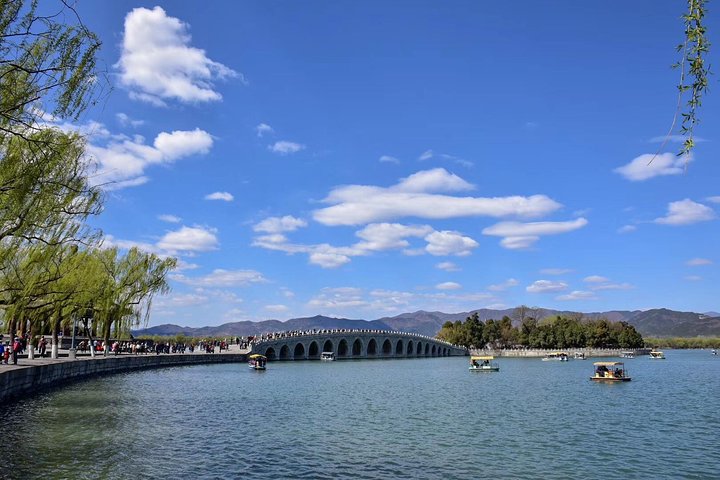Exploring the Forbidden City: A Journey Through China’s Imperial Past
Embark on a journey through time as I explore the Forbidden City in Beijing, a magnificent testament to China’s rich cultural heritage. Discover the opulence of ancient palace life and the treasures that continue to inspire modern Chinese culture.
A Journey Through Time: Entering the Forbidden City
As I stepped through the Meridian Gate, the entrance to the Forbidden City, I felt as though I was crossing a threshold into another era. The air was thick with history, and the grandeur of the ancient architecture was immediately apparent. The Forbidden City, once the royal palace of the Ming and Qing dynasties, is a testament to China’s rich cultural heritage. Each brick and tile seemed to whisper stories of emperors and empresses, of courtly intrigue and imperial splendor.
Walking along the central axis, I was drawn to the Hall of Supreme Harmony, a magnificent structure that stands as a symbol of the emperor’s supreme power. The intricate details of the carvings and the vibrant colors of the tiles were mesmerizing. It was easy to imagine the grand ceremonies that once took place here, with the emperor seated on his throne, surrounded by his courtiers.
The Forbidden City is not just a collection of buildings; it is a living museum that offers a glimpse into the opulence and complexity of ancient Chinese palace life. As I wandered through the Six Palaces of the East and West, I marveled at the luxury and delicacy that defined the lives of those who once resided here.
Discovering Hidden Treasures
Beyond the architectural marvels, the Forbidden City houses a wealth of treasures that speak to China’s artistic and cultural achievements. The Treasure Museum and Watch Museum are home to countless artifacts, each more dazzling than the last. From intricately crafted jade sculptures to exquisite timepieces, these collections offer a window into the craftsmanship and creativity of ancient Chinese artisans.
As I explored these museums, I was struck by the sense of continuity that these objects represent. They are not just relics of the past; they are part of a living tradition that continues to inspire and influence modern Chinese culture. The Forbidden City is a place where history and art converge, creating a tapestry of stories that are both timeless and relevant.
Embracing the Spirit of Chinese Civilization
The Forbidden City is more than just a historical site; it is a symbol of China’s enduring cultural legacy. As I stood in the heart of this magnificent complex, I felt a deep sense of connection to the past. The Forbidden City is a treasure not only of China but of the world, a place where the brilliance of Chinese civilization shines brightly.
This journey through the Forbidden City was a profound experience, one that deepened my appreciation for the rich tapestry of Asian cultures. It reminded me of the importance of preserving and celebrating our shared heritage, and of the power of history to inform and inspire our present and future.
For those who seek to understand the essence of Chinese culture, a visit to the Forbidden City is an essential pilgrimage. It is a place where the past comes alive, where the stories of emperors and artisans are etched into the very fabric of the buildings. I left the Forbidden City with a renewed sense of wonder and a deeper understanding of the cultural forces that have shaped this remarkable civilization.
If you find yourself in Beijing, I wholeheartedly recommend embarking on this journey through time. The Forbidden City awaits, ready to share its secrets and its splendor with those who are willing to listen.













































